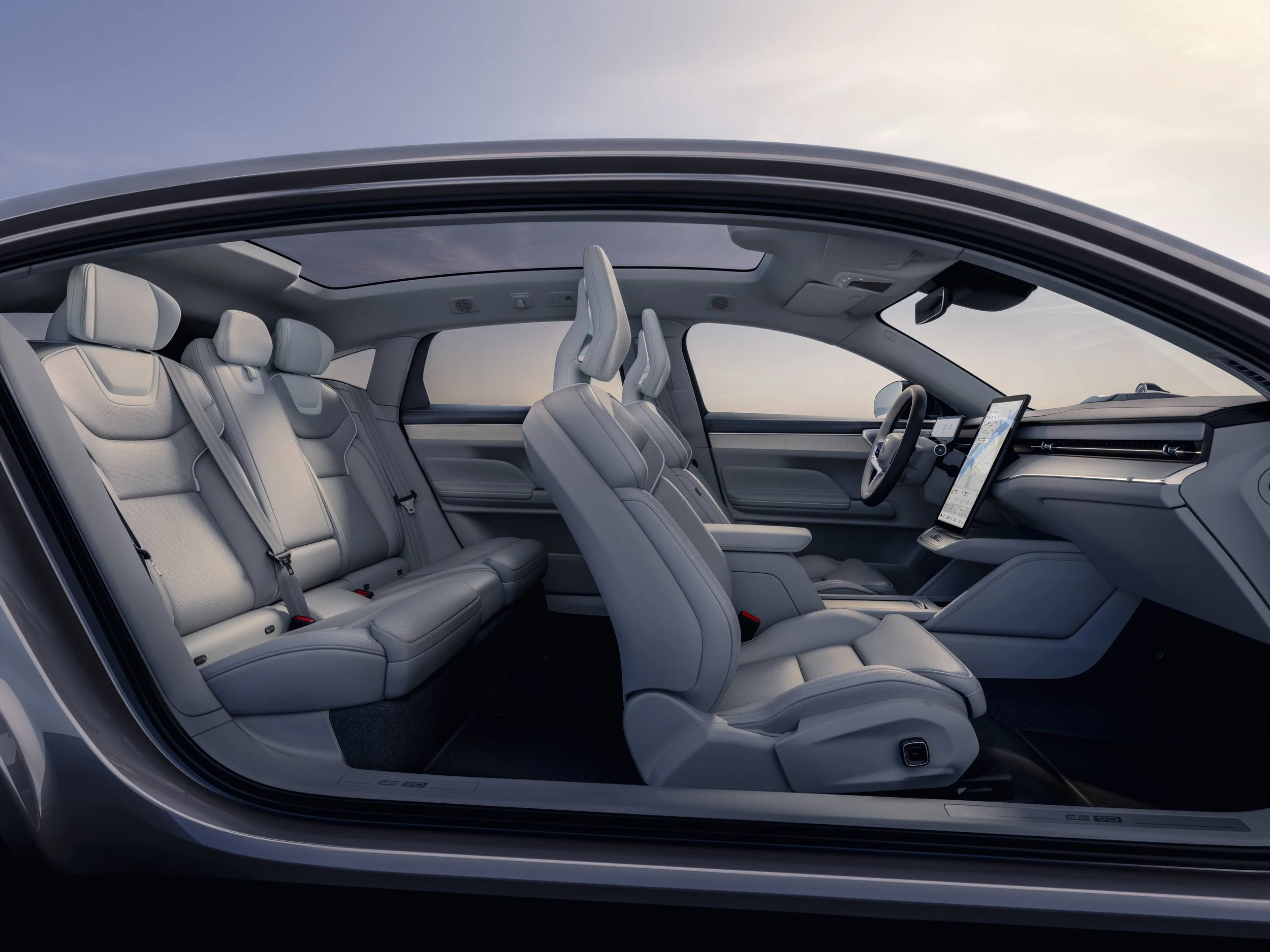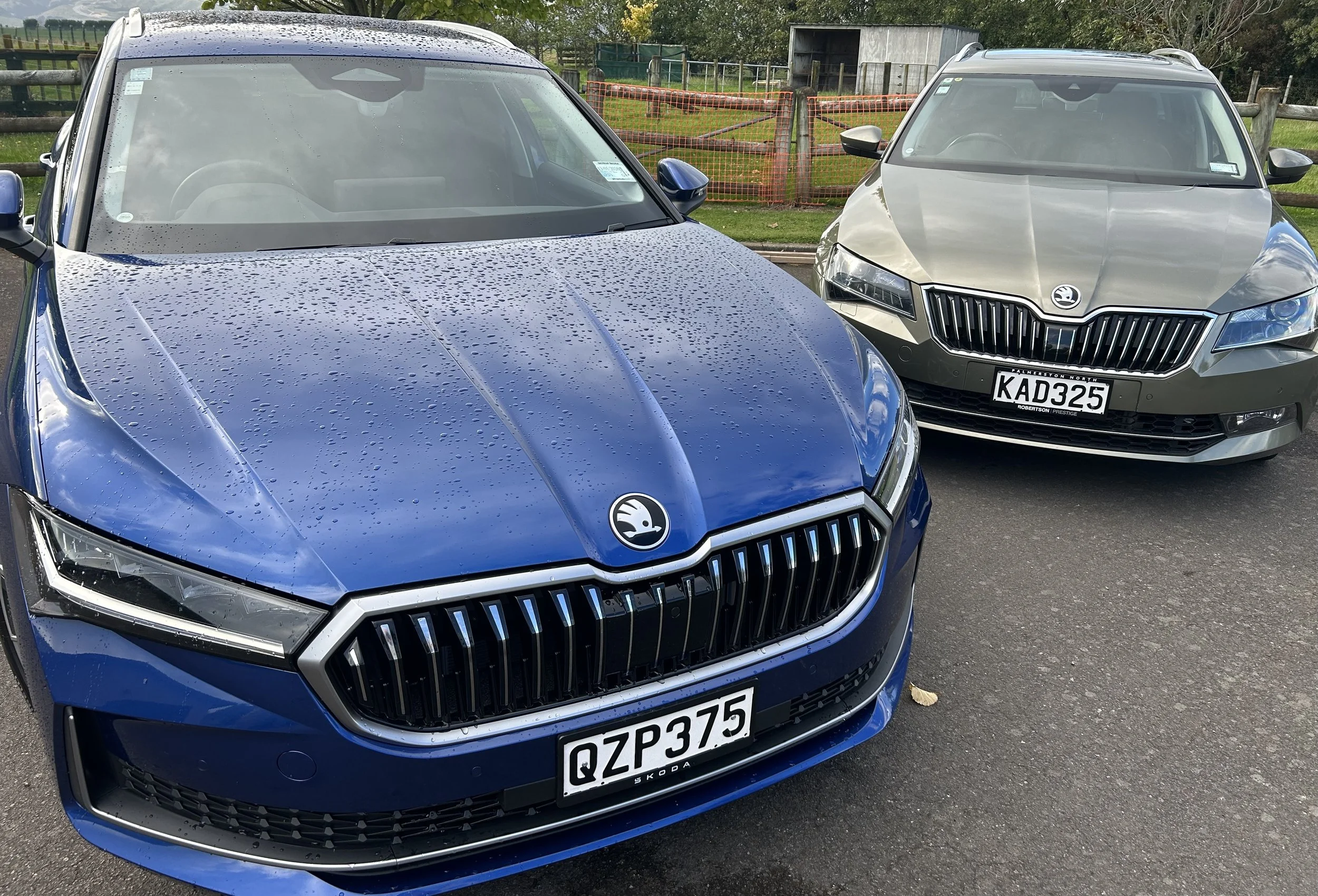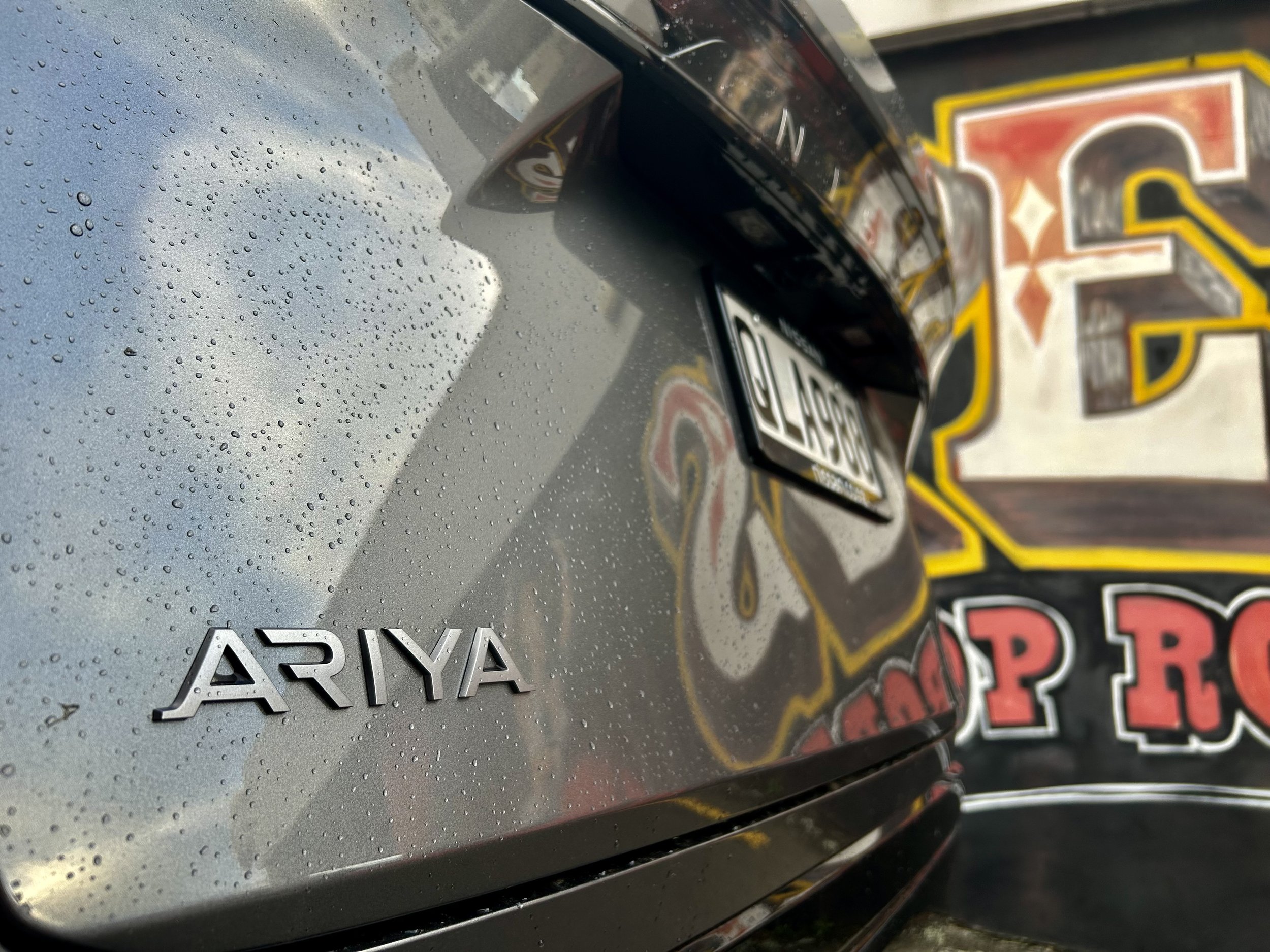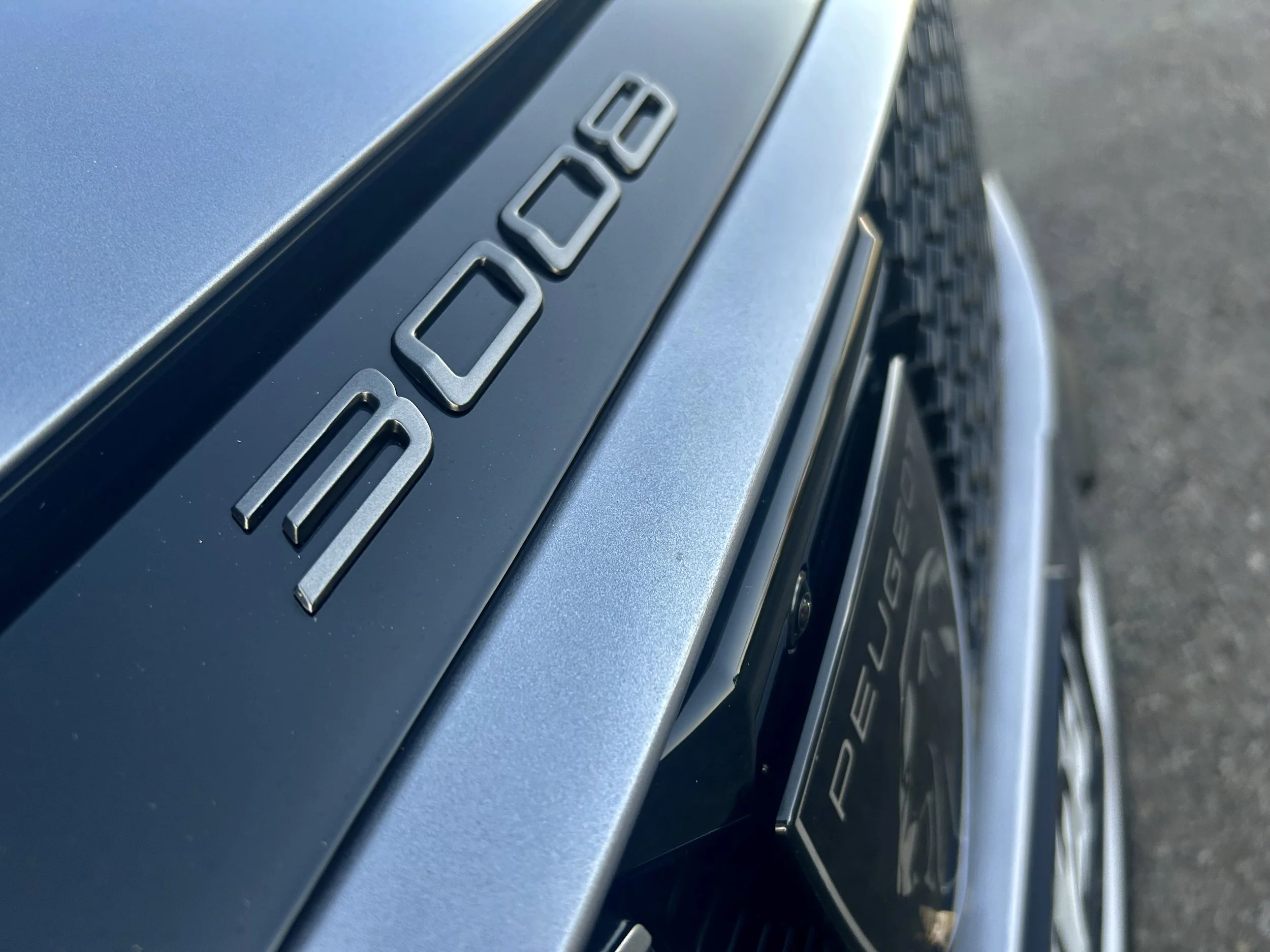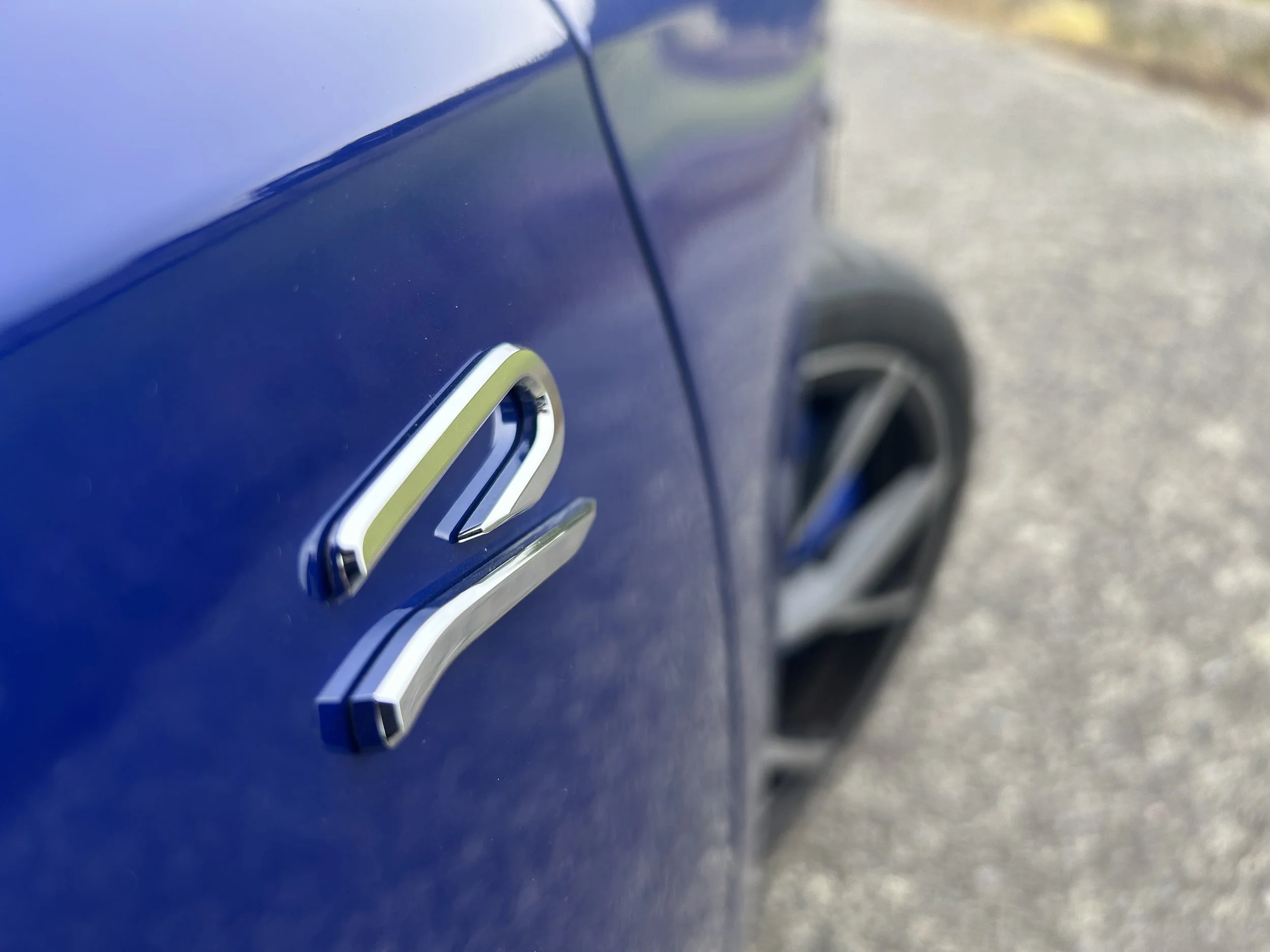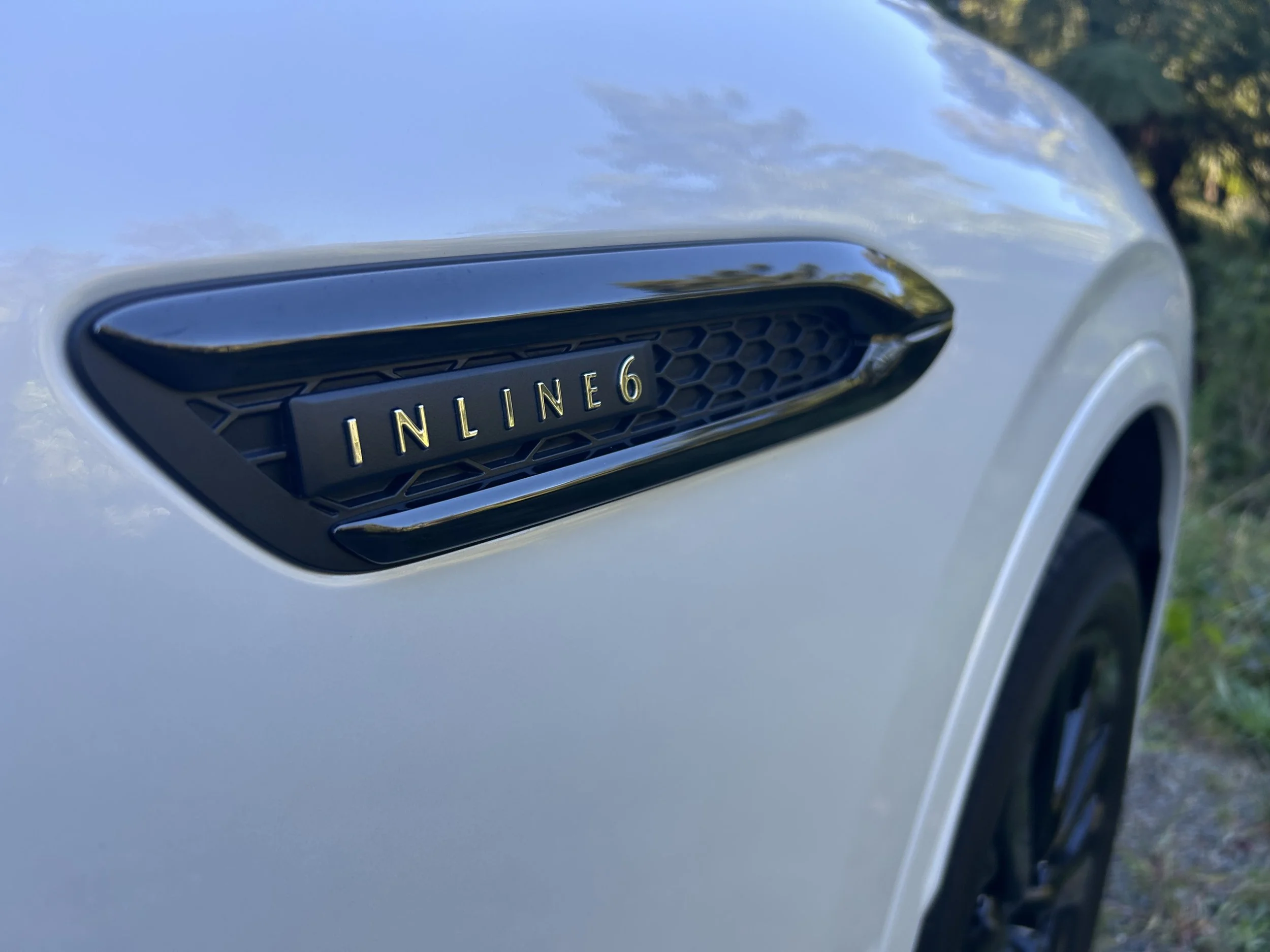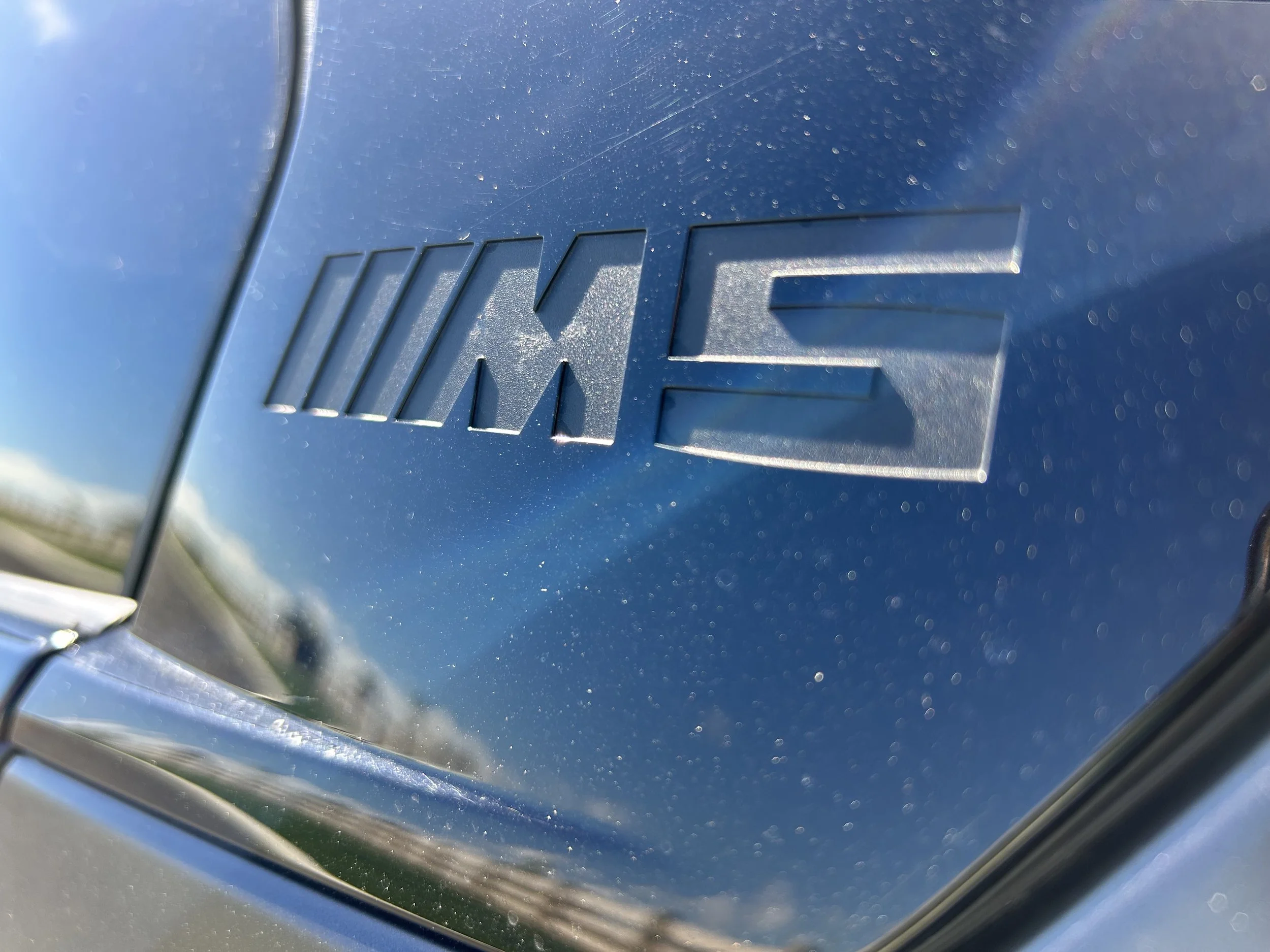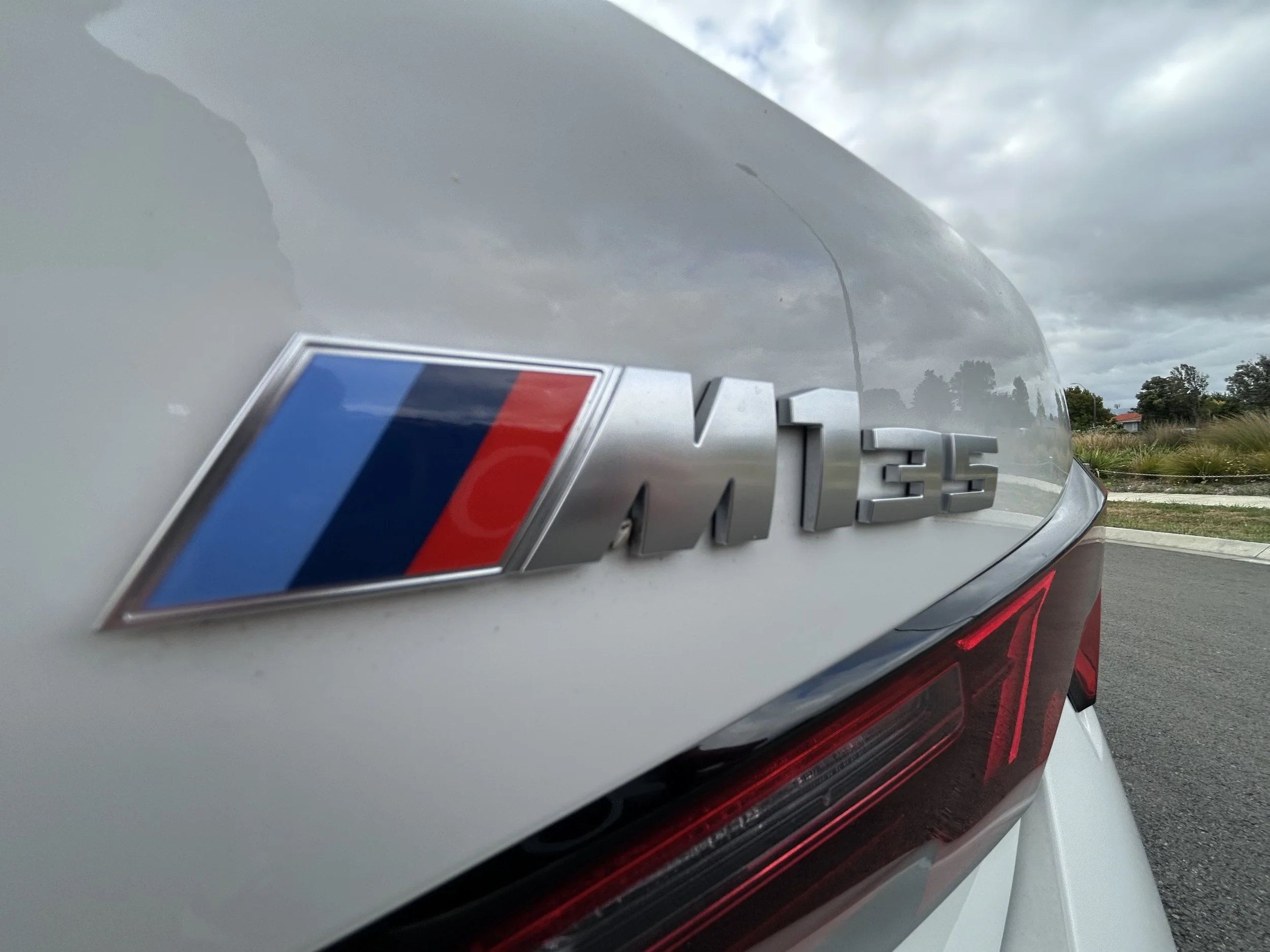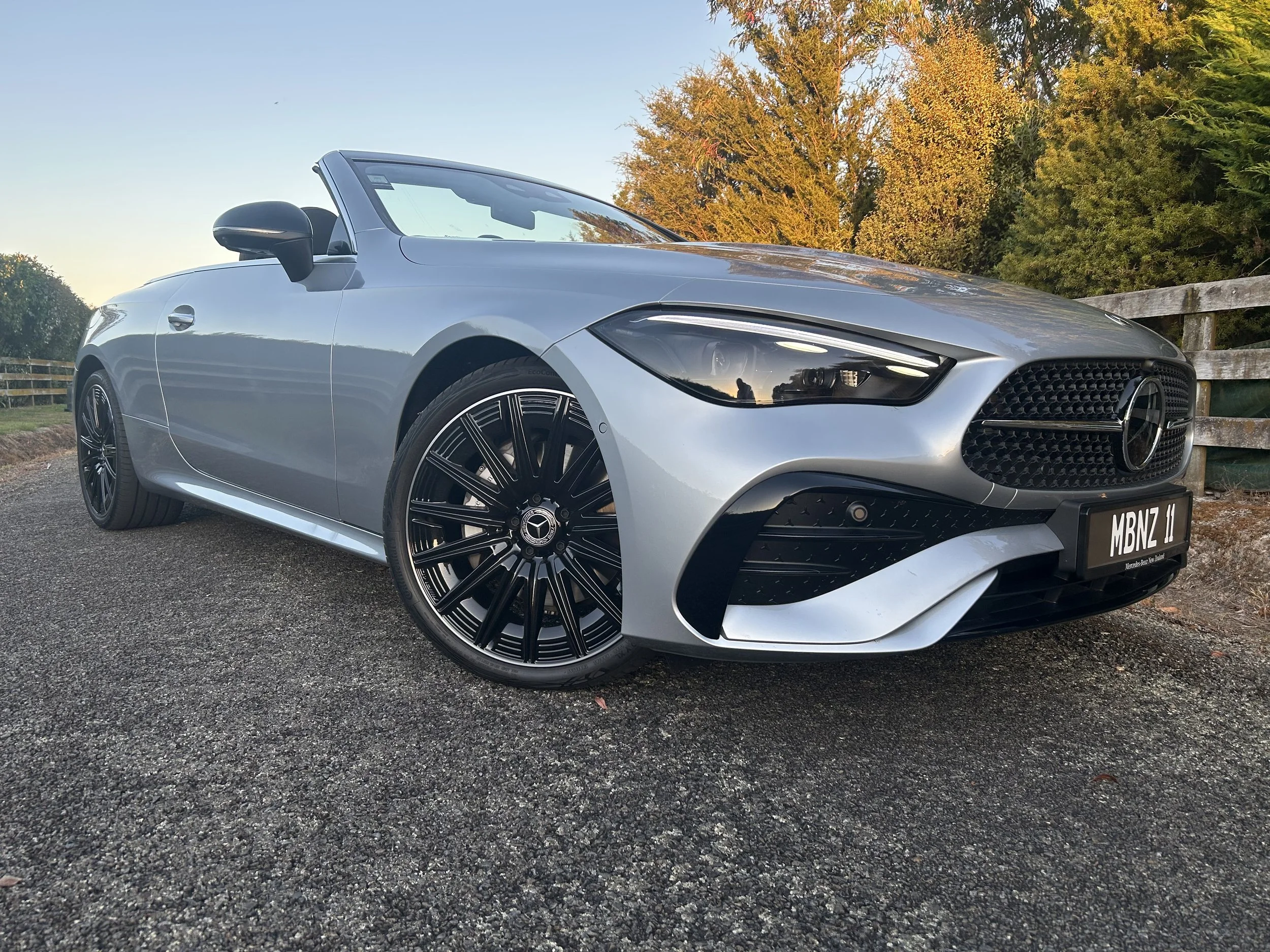ES90 revealed, not for NZ
/Sweden’s latest, a big luxury electric, has just unveiled. Kiwis will have to admire it from afar. Probably.
‘SEDAN-esque’ is how Volvo prefers the new ES90 to be categorised.
Basically, their view is that it doesn’t really conform to any one category. As much as it will land a replacement for a traditional passenger car, the S9 sedan, Gothenburg’s design team nonetheless contends this new design reaches into other zones. For instance, it has elements that normally arrive with an sports utility.
However you view it this car seems set to be a bold expression.
Actually, ‘view’ is possibly the wrong word. Initial response from Volvo New Zealand was that it presently doesn’t have any plan to introduce this model, designed to sit alongside the EX90 SUV (which is confirmed for here) at the top of the Swedish brand’s electric model range.
However, less than 12 hours on from saying this, the brand elaborated, offering thought that the chances of it being here might rest on customer sentiment it was keen to hear.
“We are eagerly awaiting eEX90 arrivals which will be a major seller for the brand and the pinnacle of all things Volvo,” explained Ben Montgomery, who has recently elevated to become general manager of Motorcorp Distributors, the parent for Volvo NZ which he has run for some period. The new role means he now also has responsibility for Jaguar Land Rover.
“At the moment ES90 is not due to come to NZ shores. However we are constantly re-evaluating based on customer needs. We are inviting registrations of interest at our retailers.”
If that decision should reverse, then securing stock might not be too difficult, as Australia has confirmed it is a starter, from late 2025, of what is being promoted as the most technologically advanced car the company has produced to date.
Key to that status is the use of an 800-volt electrical architecture on its ‘SPA2’ platform.
There will be three variants, starting with a Single Motor Extended Range that is rear-wheel drive with a 245kW/480Nm motor and 88kWh usable battery capacity, good for 0-100kmh acceleration in a claimed 6.9 seconds, an 180kmh top speed, and range of 650km, as tested to the WLTP evaluation tool favoured by NZ.
There’s also a Twin Motor that develops 330kW and up to 670Nm for a 5.5-second 0-100kmh claim, with its 102kWh battery pack boosting driving range to a 700km rating. That makes it the longest range EV Volvo has yet produced.
At the top of the range is the flagship Twin Motor Performance, which keeps the 102kWh battery and touts identical range but upgrades to a 500kW/870Nm output and a 4.0-second 0-100kmh time.
The ES90 is the company’s first model to feature an advanced 800-volt electrical architecture that enables ultra-fast charging. Volvo claims it can add up to 300 kilometres of driving range in 10 minutes at a 350kW DC-charging station, while a 10-80 percent recharge takes around 20 minutes.
Measuring exactly five metres long, the Volvo ES90 is 31mm longer than the old S90. It is also wider, measuring 2120mm when including the unfolded mirrors, but perhaps most noticeably, it is now 1545mm tall - a 105mm increase over the S90’s height. The extra height is to accommodate the battery packs (usable capacities).
Active safety features are profuse, of course. It has lidar - the sensor mounted above the windscreen - and seven cameras to provide a detailed 360-degree view around the car and 12 ultrasonic sensors to monitor its surroundings at all times.
Volvo’s ‘Superset’ tech stack powers all of that. If you’re wondering what that is?
“The Superset is enabled by core computing, and the ES90 is the first Volvo car to be powered by a dual NVIDIA DRIVE AGX Orin configuration.
“That makes it the most powerful car we have ever created in terms of core computing capacity,” says Anders Bell, Volvo’s chief engineering and technology officer.
“This allows us to further raise the bar on safety and overall performance through data, software and AI.”
Systems to protect other road users include a door-opening alert that can detect approaching cyclists and pedestrians and alert occupants if they try to open the door.
Prone to absent-mindedly leaving loved ones behind in a car? Won’t happen here. A full-cabin occupant sensing system can detect movement on a sub-millimetre scale, such as a baby's soft breathing.
The car’s exterior and interior styling is on trend with Volvo design language. The minimalist layout of the cabin underlines its premium aspirations, Volvo says.
A nine-inch digital instrument display faces the driver behind the round, uncluttered steering wheel. The latter has flat, haptic touchpads for ‘Pilot Assist’ and media controls. A colour head-up display supports the driver with turn-by-turn navigation prompts and other essential information.
The14.5-inch touchscreen runs a Google-based infotainment system with built-in services including Google Maps, Google Assistant and access to many other apps via Google Play. Wireless Apple CarPlay and Android Auto enable smartphone mirroring.
Volvo says it has made a concerted effort to make the interior of the ES90 one of its quietest-ever cabins. Thanks to a long wheelbase of 3102mm, those in the rear benefit from plenty of legroom.



